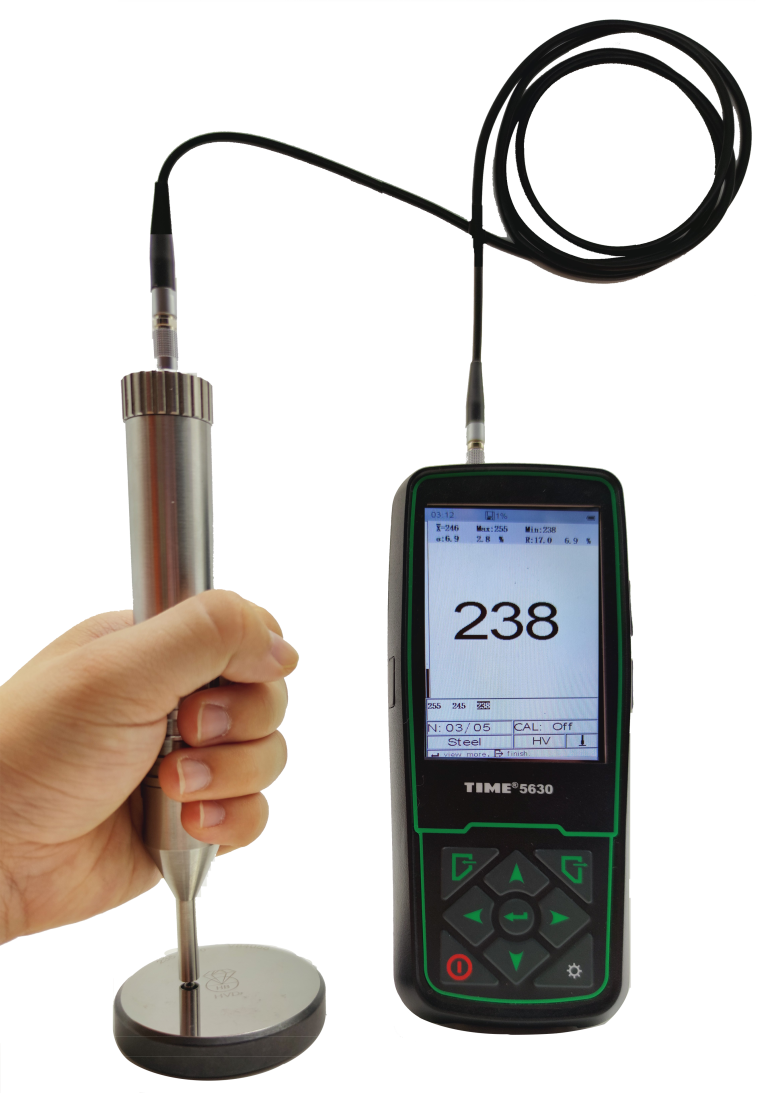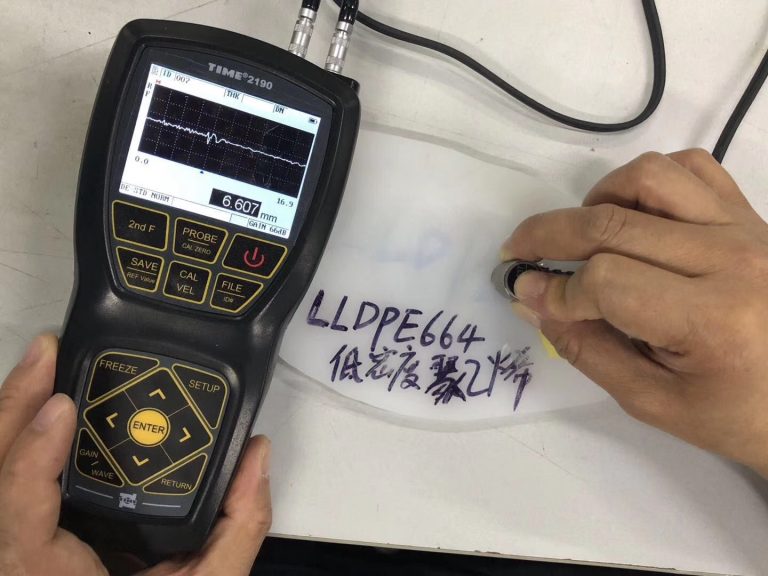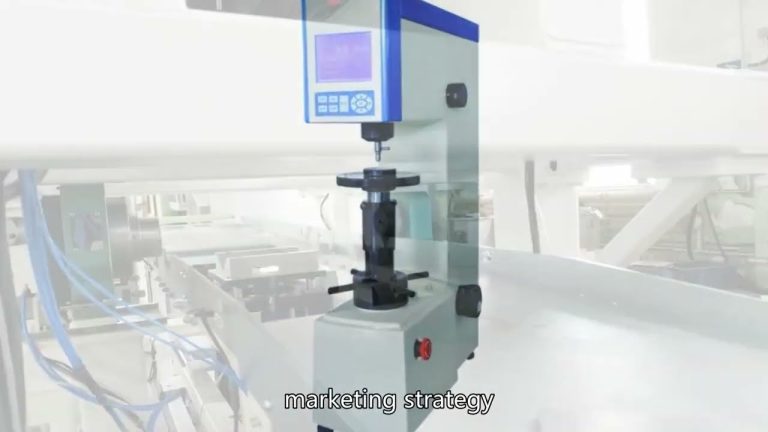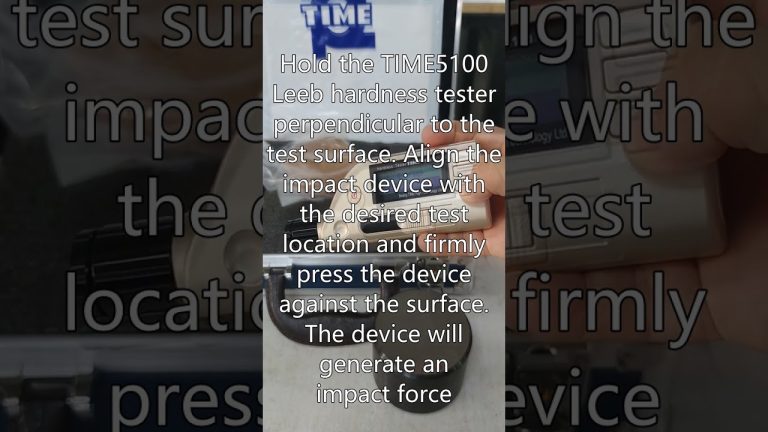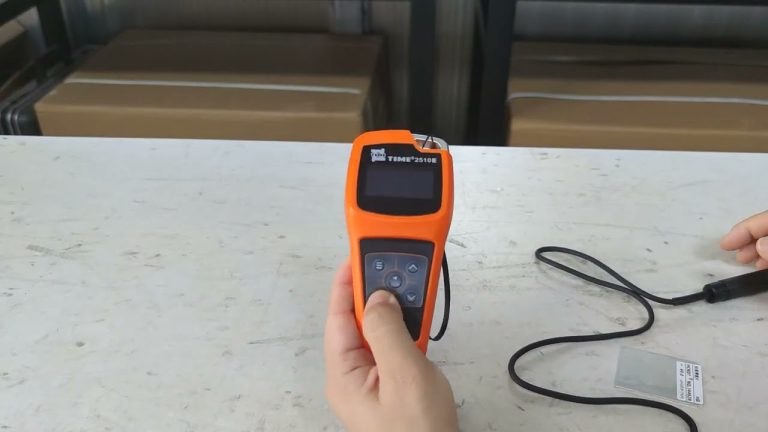BEIJING TIME VISION AI INSTRUMENT LTD.
https://timetech-ndt.com/
Email: timehardnesstester@gmail.com
WhatsApp: 008615201625204
——————————————————————————————————–
Widely used in production site to measure surface roughness of various machinery-processed parts, calculate corresponding parameters according to selected measuring conditions and clearly display all measurement parameters.
Light section method: The light band formed after passing through the slit is projected onto the surface to be measured, and the surface roughness is measured based on the contour curve formed by the intersection line with the surface to be measured (Figure 3).
After the light emitted from the light source passes through the condenser, slit, and objective lens 1, the slit is projected onto the measured surface at an inclination angle of 45° to form a cross-sectional profile figure of the measured surface, which is then amplified and projected onto the measured surface through objective lens 2. on the reticle.
Use the micrometer eyepiece and reading drum (not shown in the figure) to first read the H value, and then calculate the H value. The surface roughness measurement tool that applies this method is called a light-section microscope. It is suitable for measuring surface roughness of RZ and Ry between 0.8 and 100 microns. It requires manual point selection and has low measurement efficiency.
The interference method uses the principle of light wave interference (see flat crystal, laser length measurement technology) to display the shape error of the measured surface as an interference fringe pattern, and uses a microscope with high magnification (up to 500 times) to measure the microscopic parts of these interference fringes.
Measure after magnification to obtain the measured surface roughness. The surface roughness measurement tool that applies this method is called an interference microscope. This method is suitable for measuring surface roughness with Rz and Ry of 0.025 to 0.8 microns.

